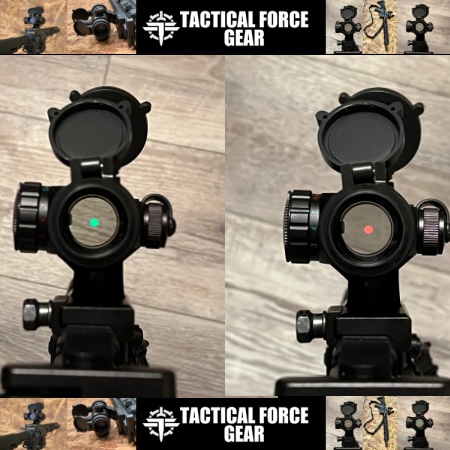The era of the motorized bandit in the United States is one full of romanticism. Bonnie and Clyde were star-crossed lovers armed with machine guns. Dillinger was a handsome rebel, not too different from Peter Pan. Legend had it these motorized bank robbers would burn mortgage information at banks, freeing farms from the hands of foreclosure-seeking bankers during the Great Depression.
The Era of the Motorized Bandit

In reality, it’s like most things that have been romanticized: it’s largely a lie. Tall tales hid the truth of murderous outlaws who would murder on the drop of a hat for a bag full of cash. Desperate times made desperate people, and the Great Depression was a desperate time. The motorized bandit created a fascinating challenge for police of the era, and their response shifted police work forward by leaps and bounds.
Weaponry
This is Guns, Ammo, and Tactics, so let’s talk guns. Police forces of the era likely carried a .38 Special, but also the .32 S&W Long and .32 Colt New Police. These are all fine calibers, especially these days, but in the 1930s, we didn’t have the projectile design knowledge or techniques to get the most out of these rounds. They could stop a bad guy, but they weren’t stellar.

They really struggled when it came to piercing through the vehicle skin of modern Ford V8s. Neither could .45 ACP. They couldn’t stop the motorized bandit if they couldn’t stop the motor, or at least shoot the guy driving it. This led to police forces and the firearms industry adopting new calibers to punch through these cars.
This gave us .357 Magnum for revolvers and .38 Super for M1911s. Plenty of motorized bandits carried automatic weapons and outgunned police with revolvers and shotguns. Police adapted to the demand and adopted their own automatic weapons, including Thompsons, BARs, and even Remington Model 8s. These offered faster rates of fire, better range, and the ability to punch through vehicles.
Motorization
Plenty of police forces had vehicles in this era, but they lacked modern vehicles and often had very few of them. The world was a lot smaller back then, and for plenty of small towns and counties, horses were enough, even in the 1930s. When a motorized bandit rolled into town, it became tough to chase down a V8 on a horse or in an old vehicle.

This led to police forces finding the money to purchase new vehicles: faster vehicles, and more of them. This gave us the modern patrol car that we know today. It also helped develop or modernize the Highway Patrols throughout the various states. The FBI even ended up giving Thompsons and 100-round drums to the North Carolina Highway Patrol.
Communication
Chasing a motorized bandit could be difficult. Multiple police forces chasing multiple bad guys called for a new and reinforced need for better communication. This led to the adoption of two-way radios to replace one-way radios. Most police cars could receive, but could not transmit. The newer radios allowed for better communication between police cars and forces.

Outside of simple radio use, chasing motorized bandits called for better cooperation between individual police forces. County and state lines were often barriers to chases and a great way for a motorized bandit to get away. This led to state and interstate cooperative agreements between police forces.
This also led to Federal police forces, namely the FBI, which rose to prominence during this era.
New Tactics
Police tactics also changed rapidly. No longer were they just chasing down robbers and trying to arrest them or shoot it out. That proved unproductive, difficult, and dangerous. Instead, police forces began mixing intelligence gathering, cooperation, and ambush tactics to stop motorized bandits.

Police forces would share information with each other and the FBI; they’d get profiles, names, pictures, and more. This allowed them to question associates, friends, and family members of the average motorized bandit. They could then set a trap or attempt to predict where the bandits would pass through.
This was used to target Bonnie and Clyde and to hunt down men like Dillinger.
Computers (Kind Of)
Okay, they weren’t exactly computers, but IBM’s electromechanical tabulating machines were used by police forces, namely larger agencies, like the FBI. These machines were used for keeping records and accessing those records quickly and efficiently. These machines allowed police forces to process and analyze large datasets, which laid the groundwork for the data analysis we do now.

The Motorized Bandit – The End
New tactics, weapons, and technology helped shut down the motorized bandit. The lasting effects of these efforts led to a lot of police efforts we see now. It’s fascinating how one type of criminal helped shape American law enforcement.
Read the full article here













